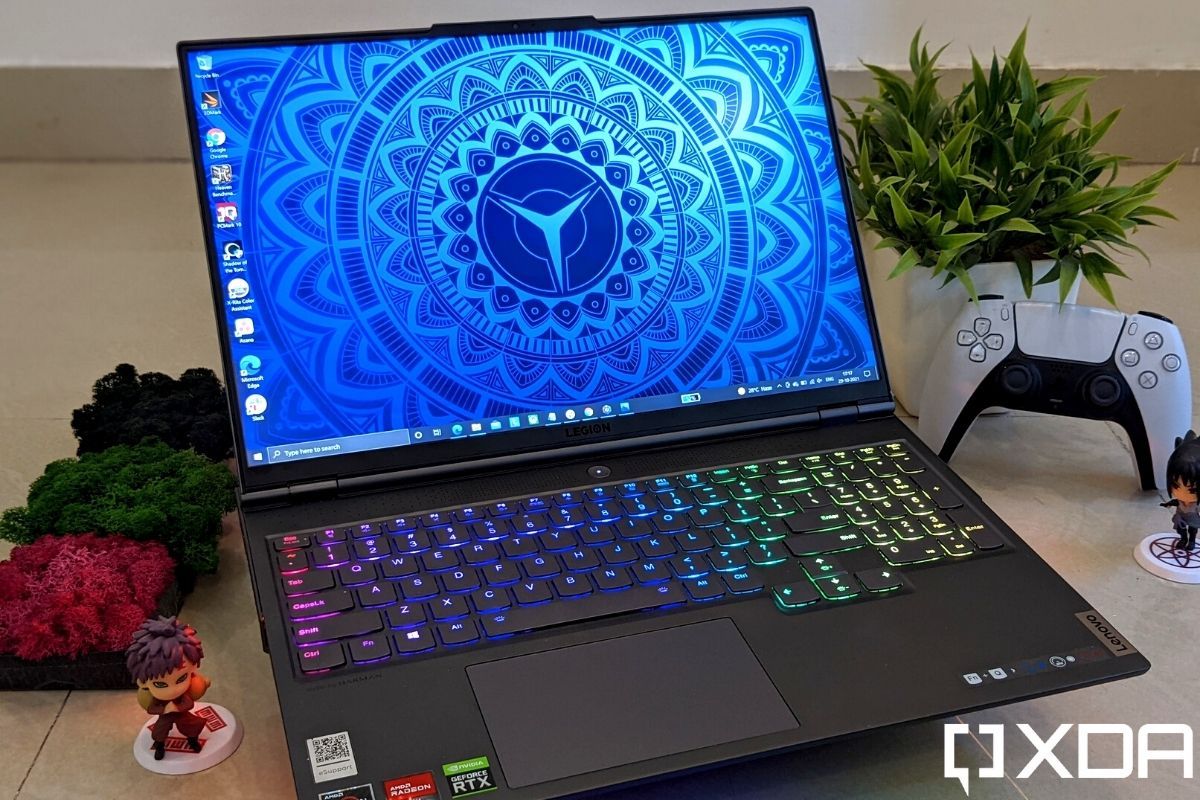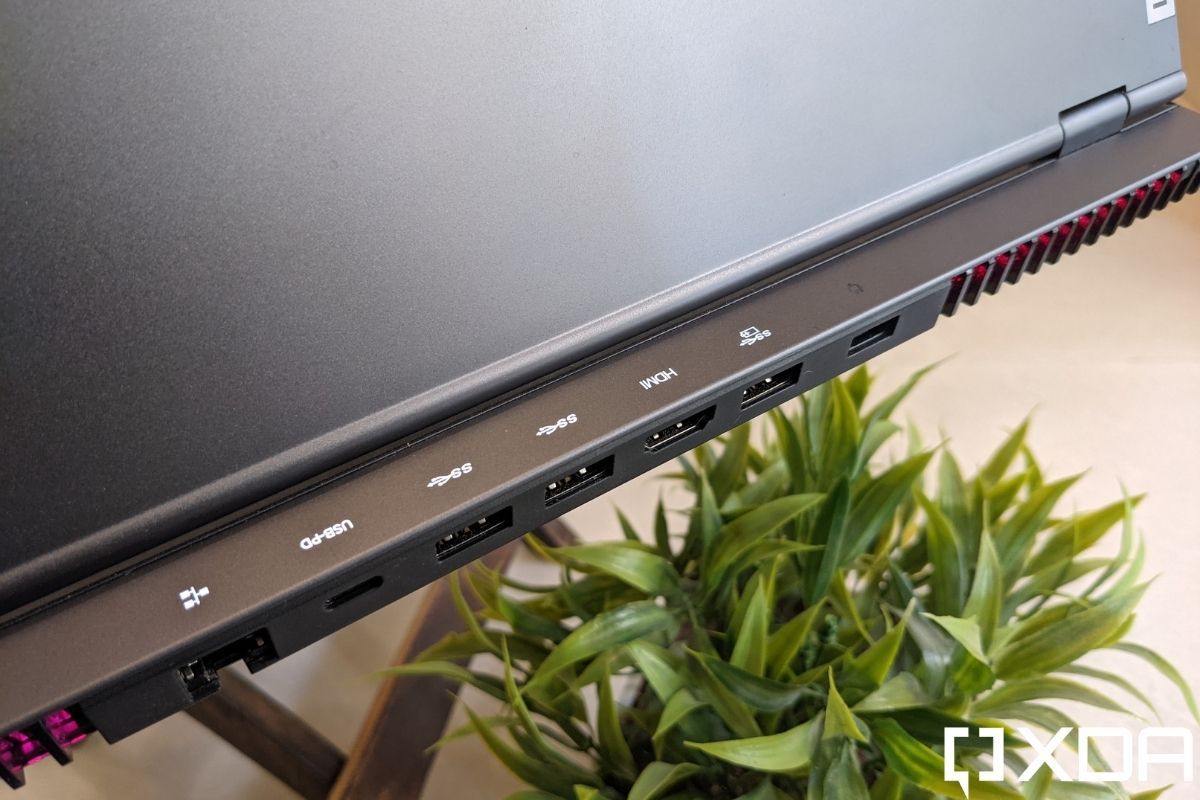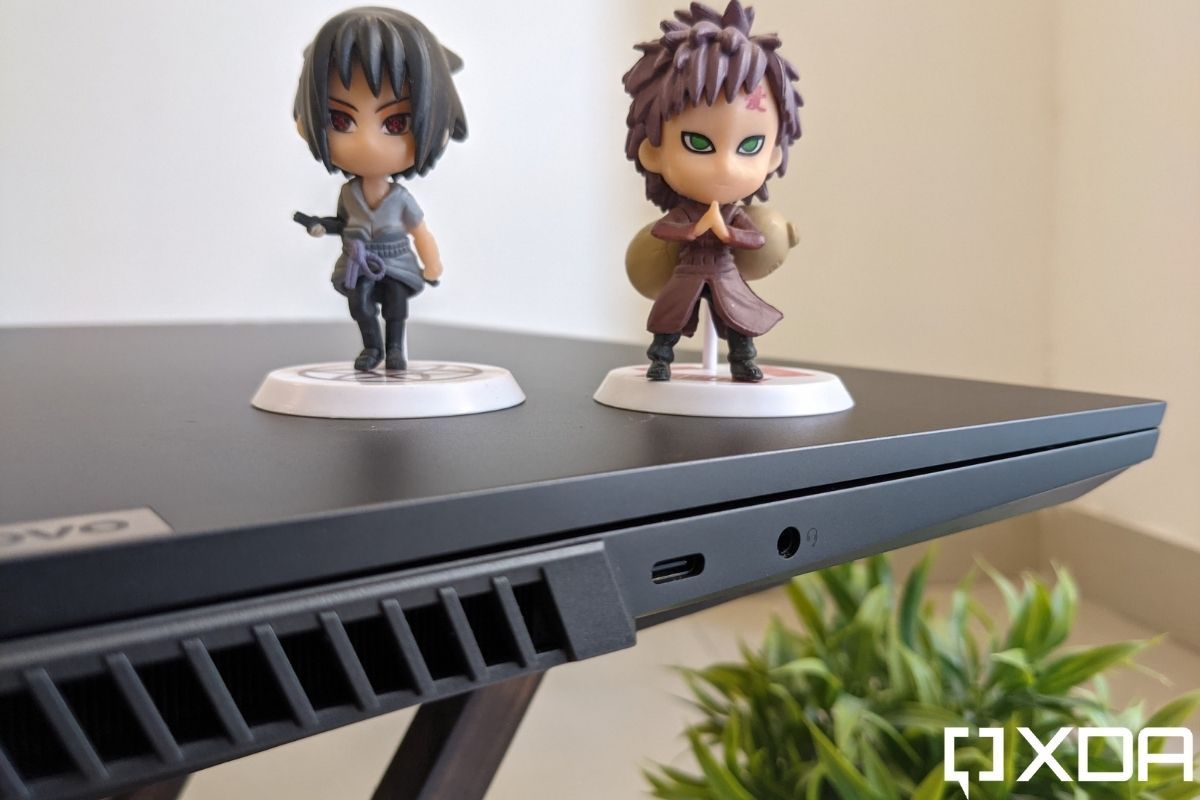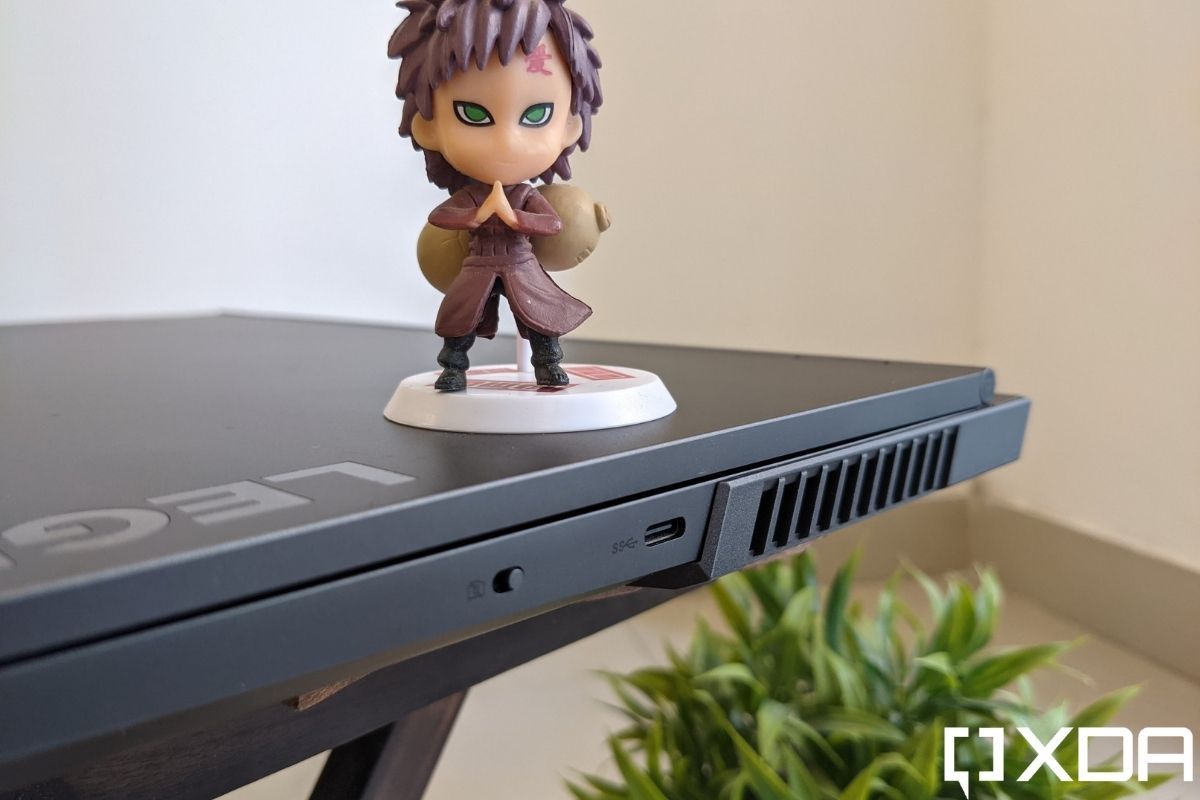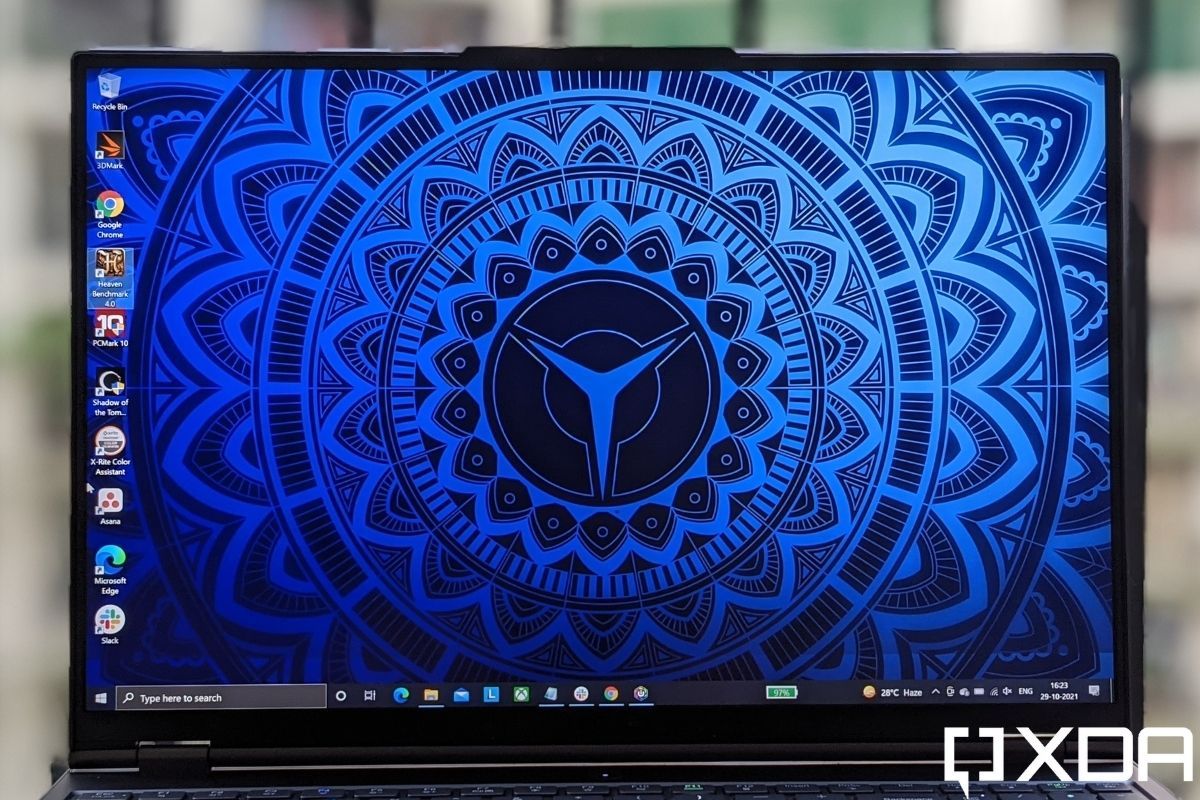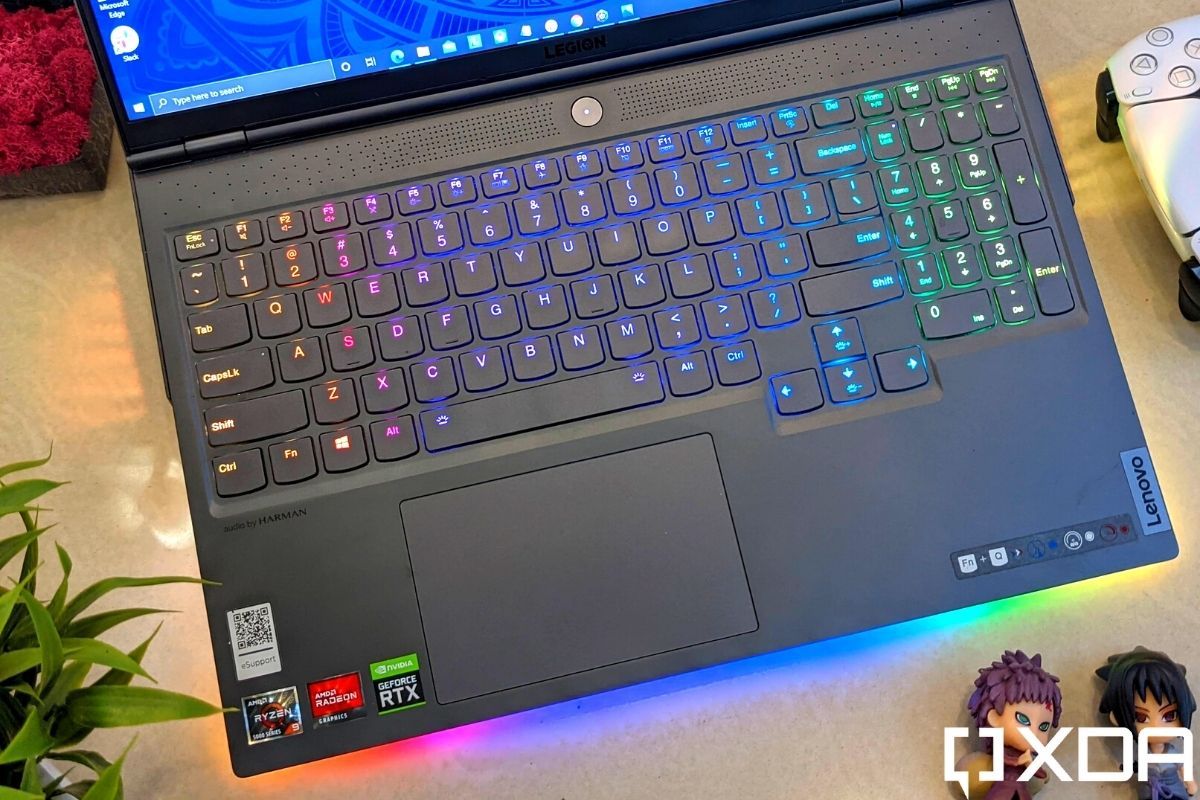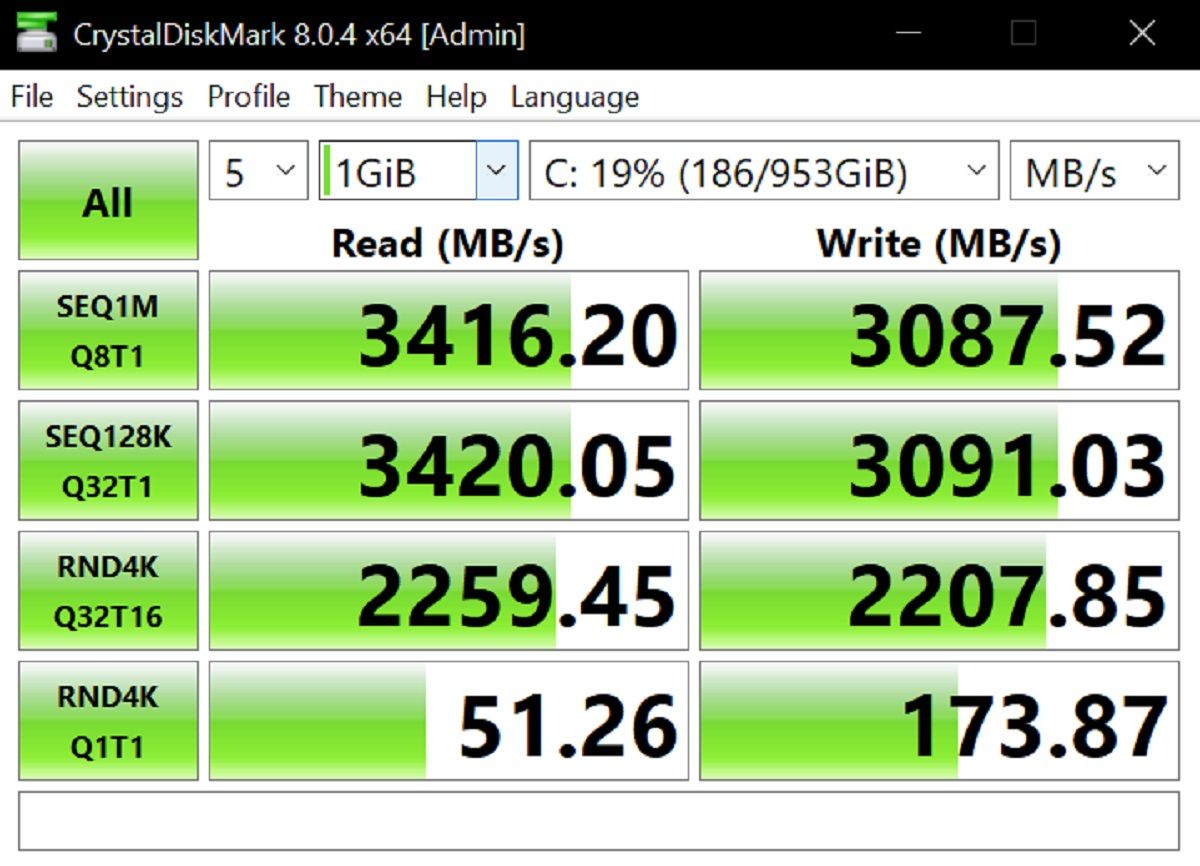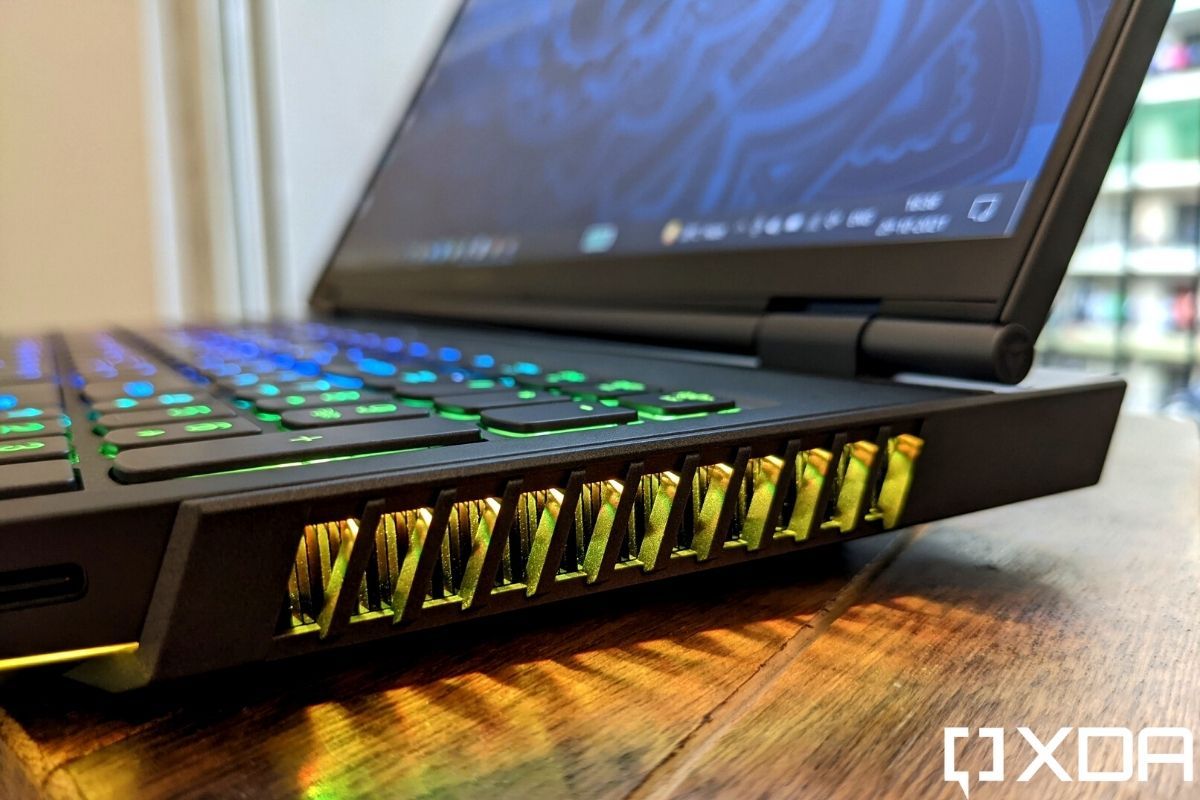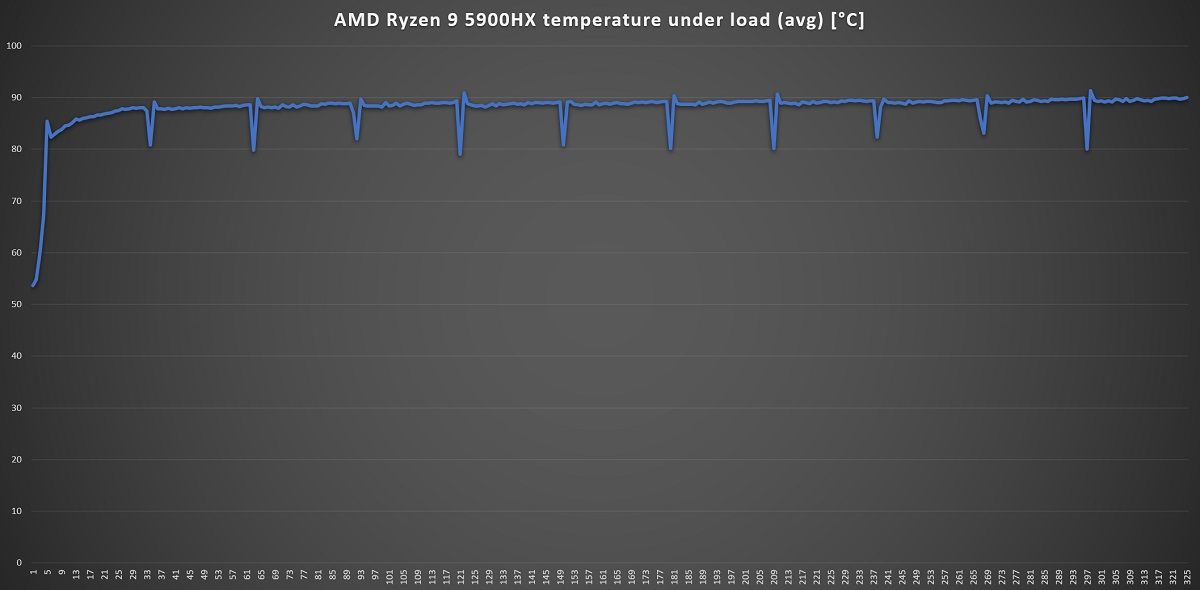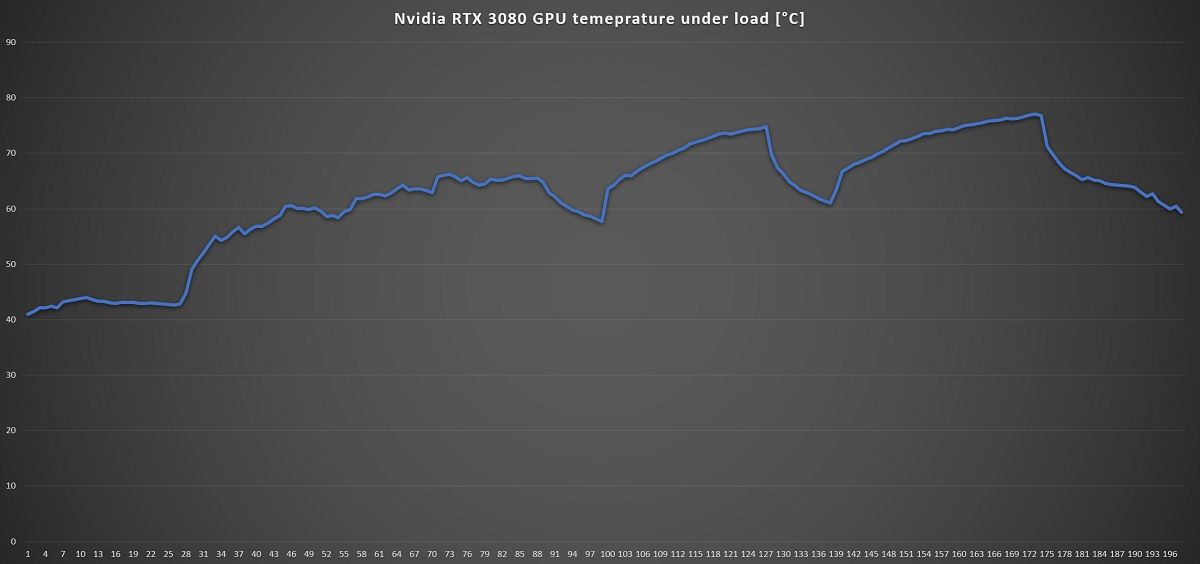Gaming laptops have changed a lot over the years. We've transitioned from the early days of mobile gaming with a huge, clunky chassis to more portable, sleeker, and professional builds now. Some of the machines we reviewed this year including the ASUS ROG Zephyrus G15, ROG Flow X13, and even the Lenovo Legion Slim 7 are great examples of that. These laptops aren’t just great for gaming, but for everyday work as well. But the Lenovo Legion 7 gaming laptop that I am reviewing today is different.
The novelty of thin and light gaming laptops wears off when the machine cuts too many corners to a point where the performance takes a hit. I am here to make a case for a large gaming laptop and the Legion 7 is a fantastic example. It's a machine that doesn't cut any corners for those looking for a bold and garish gaming laptop that’s punching well above its price class. Let's get started.
Navigate this review:
- Specifications: Fully kitted
- Design: Bold and garish
- Display: WQXGA 165Hz
- Keyboard and touchpad: Gets the job done
- Performance: Great AMD-Nvidia combo
- Battery Life: Could've been better
- Final Thoughts
Specifications: Fully kitted
Let's take a quick look at the specifications of the Lenovo Legion 7 before diving into the review. I tested a fully decked out top-of-the-line variant of the laptop. Here, check out the specs:
|
Specification |
Lenovo Legion 7 16ACHg6 |
|---|---|
|
Processor |
|
|
Graphics card |
|
|
Display |
|
|
Memory |
|
|
Storage |
|
|
Battery & Charging |
|
|
Port(s) |
Sides:
Rear:
|
|
Operating System |
|
|
Price |
|
Design: Bold and garish
Unsurprisingly, the Lenovo Legion 7 looks like a slightly larger version of the Legion 5. For better or worse, the new crop of Legion laptops all look more or less the same now. It's not a particularly light laptop at 5.5lbs (2.5Kg), nor is it thin at 10.27-inch. Heck, the massive 300W power brick itself is enough to make you feel the weight in your backpack. It's not as bulky as some other desktop replacements on the market, though. I'd say it's portable enough to easily carry around your house but it's not the one if you're looking to commute with on the daily.
Lenovo is using all the space to make it a power-packed machine. It certainly looks like one too. The Legion 7 differentiates itself from other Legion notebooks with its flashy RGB lights. In fact, it's decked out from head to toe with RGB. The laptop has lighting strips that run around the edge at the bottom as well as inside the side and back vents. There's more RGB on the Legion logo and the on the keyboard, of course.
The chassis is made out of aerospace-grade aluminum and it certainly feels like it's built to last. It comes in only one color -- Storm Grey -- which I think nicely complements the RGB accents. Lenovo has added a lip at the back to make space for the ports. There's a USB 3.2 Gen 2 Type-C port with support for DisplayPort 1.4 and power delivery, an HDMI 2.1 for up to 8K gaming output on supported monitors, and three USB 3.2 ports along with an ethernet jack and a DC-in socket.
I am still of two minds about the rear ports as they're harder to reach but I do appreciate is the thoughtful addition of backlit symbols to tell you which port you're reaching for. Notably, you also get an additional USB 3.2 Gen 2 Type-C port with DisplayPort 1.4 support on the left side and a USB 3.2 Gen 1 Type-C port on the right side. Audio-wise, you get two 2W Harman speakers with Nahimic Audio. These stereo speakers, while about average for a laptop, are loud enough for media consumption. You'll even hear your games' audio just fine, but please use a headset for gaming as the fans tend to get really loud.
Lenovo isn't going for a chic and professional look with the Legion 7 design, but I like the design and the build quality overall. It's certainly a look I can get used to. You can always turn off the RGB lights when you're not really feeling it. I also want to mention the addition of a webcam and highlight how Lenovo has implemented it on this laptop. Despite the slim bezels, the Legion 7 sports a 720p HD webcam on top of the display. You're looking at a reverse notch that sticks out above the top bezel, rather than cutting into the display. It's perfectly serviceable and also helps you open the lid easily. We hope Apple would've done something along the same lines instead of adding a notch on the new 2021 MacBook Pro models.
Display: WQXGA 165Hz
Lenovo is using a bright and pin-sharp 16-inch WQXGA IPS panel for the Legion 7. The 2560 x 1600 resolution and the 16:10 aspect ratio makes it a joy to look at, be it while gaming, media consumption, or web browsing. It's a Dolby-vision enabled VESA Display HDR 400 certified panel that maxes out at a respectable 500 nits. Gamers will also find what they need on this panel thanks to the 165Hz refresh rate, a 3ms response time and Nvidia G-Sync support.
The display is quite impressive, as it should be. It makes up for fantastic visuals across different types of media with crisp images and punchy colors. I am not a huge fan of the black levels, though. It's clearly designed for high-peak brightness and the raised black levels are noticeable in a darker room, especially when you look at the display from an angle. It isn't a deal-breaker by any means. Just a reminder that laptops with OLED and mini-LEDs exist, as seen in the new MacBook Pro 2021 models. LCD is still the superior choice for gamers with the obvious benefits, and Legion 7 delivers a good experience.
As for the HDR performance, well, let's just say HDR isn't a strong suit of gaming laptops, at least for now. Also, the DisplayHDR 400 is at the lower entry-level end of the VESA scheme anyway, so keep your expectations in check. Overall, it's a great panel and the 16:10 aspect ratio makes things even better.
Keyboard and touchpad: Gets the job done
Lenovo keyboards are some of my favorite ones you can get, and the unit on the Legion 7 is no exception. It's a full-sized keyboard with a decent amount of space between the keys despite having a Numpad. The keys have quite a bit of travel too and the chicklet keys don't get too loud even when you're smashing those keys during a Keyboard Hero session. It's a backlit keyboard with per-key RGB lighting, so you can create a light show using the pre-installed Corsair iCUE software.
The thing that stands out the most for me is the numeric keyboard with distinct cursor keys. We don't see those often in compact thin and light laptops. There's nothing much to talk about the touchpad in particular. It's a 120 x 75mm surface that supports Windows Precision drivers for reliable tracking and gesture support. I just wish it was at the centre of the keyboard deck as opposed to being more on the left side, but I had no issues with palm rejection.
Performance: Great AMD-Nvidia combo
The Lenovo Legion 7 is powered by AMD's Ryzen 9 5900HX APU based on the Cezanne generation. It has 8 cores and 16 threads based on the Zen 3 microarchitecture. You get a guaranteed base clock of 3.3GHz and a turbo boost of up to 4.6GHz with support for simultaneous multithreading (SMT) meaning two threads can be processed per core. This chip has a default TDP of 45+W but it's configured at a higher TDP in this case since the chassis allows for it. This is AMD's most powerful mobile chip and it's not an easy one to tame, but I got some impressive results in this chassis.
CPU performance
Our Cinebench R23 multi-thread test was processed anywhere between 4 - 4.5GHz while it was able to hit a peak frequency of 4.6GHz during the single-core test. On battery power, due to the low power consumption, the Ryzen 9 5900HX was running at around 3.2GHz during the Cinebench run. I recommend using the "Performance Mode" setting via the Lenovo Vantage software for the best results during heavy workflows. That's when you see the Turbo speeds kick in and the clock rates are increased due to the automatic CPU overclocking. The CPU did end up throttling, but we'll talk a bit more about this in the thermals section.
I also ran some other benchmarks like PCMark 10 to test the overall performance of the laptop in day-to-day workloads, and the results for those are below. Unsurprisingly, it performs better than both the Ryzen 9 5900HS-powered by ROG Zephyrus G15 and the Flow X13. I've also added Legion 5 Pro's numbers to give you an idea of the performance difference, in case you're planning to pick that one instead of the Legion 7.
|
Benchmark |
Lenovo Legion 7 16ACHg6 |
ASUS ROG Zephyrus G15 |
||
|---|---|---|---|---|
|
PCMark 10 |
6814 |
6,800 |
6288 |
6,403 |
Since it's powered by the top-tier AMD mobile CPU, the Lenovo Legion 7 will offer enough computing power for the next few years to tackle even the most demanding workflows like gaming, photo and video processing.
GPU performance
For graphics, the Legion 7 uses an RTX 3080 laptop GPU with 16GB GDDR6 memory. It has a total graphic power (TGP) of 165W with a boost clock of 1545MHz. I ran a suite of 3DMark tests to see just how much I could push this GPU for gaming. 3DMark's Time Spy test came out with a score of 12,287, which is pretty much what we expected out of this machine. It's in the ballpark of other similar laptops with, say, an RTX 3070 or a Radeon 6X 6800M. You can check out the other 3DMark test results below:
|
3DMark Test |
Lenovo Legion 7 16ACHg6 |
|---|---|
|
Time Spy |
12,287 |
|
Time Spy Extreme |
5,993 |
|
Port Royal |
7,698 |
|
Fire Strike |
26,801 |
|
Fire Strike Extreme |
14,796 |
|
Fire Strike Ultra |
8,093 |
I also spent an unhealthy amount of time playing games on this laptop to test the GPU performance, of course. The Legion 7 was able to handle everything from light casuals like Valorant to heavy-hitters like Microsoft Flight Simulator without a hitch. This is a top-tier gaming laptop with an RTX 3080 GPU, after all. That being said, being able to Microsoft Flight Simulator on ultra settings at an average of 55FPS over an extended period of time is no joke. We're talking about a game that's been cooking even some desktop PCs, so we definitely have a winner.
Notably, the RTX 3080 also proved itself to be able to handle ray-tracing rather gracefully. Shadow Of Tomb Raider, for instance, averaged 66FPS at 1440p, highest settings with ray tracing set to Ultra (the max). The test same test at 1080p averaged close to 100FPS, which is impressive. I wish Lenovo offered a higher refresh rate 1080p panel for those leaning towards eSports titles. Don't get me wrong, the accompanied 165Hz panel is great, but you're bound to get more frames on a 300Hz screen than you would on a 165Hz one, especially with capable hardware like this. Check out the table below to see the kind of frames you can expect across different titles. I've entered raw numbers given by Nvidia's Framview software for each gaming session.
|
Game |
Lenovo Legion 7 16ACHg6 - WUXGA Ultra Settings |
Lenovo Legion 7 16ACHg6 - WQXGA Ultra Settings |
|---|---|---|
|
Apex Legends |
165 |
119 |
|
Valorant |
165 |
165 |
|
Shadow of Tomb Raider |
109 |
90 |
|
Microsoft Flight Simulator |
55 |
N/A |
|
Red Dead Redemption 2 |
59 |
43 |
|
Grand Theft Auto 5 |
105 |
92 |
|
Far Cry 6 |
81 |
67 |
You also get up to 32GB of DDR4 memory and up to 2TB of NVMe PCIe SSD. Lenovo is using a Western Digital PC SN730 NVMe SSD for the Legion 7. On CrystalDiskMark 8, I was able to record sequential read and write speeds of 3,420 MB/s and 3,091MB/s respectively. These speeds are in line with some other high-end machines we've reviewed recently.
Thermal performance
Remember how I talked about large gaming laptops like this one not cutting corners? Well, it was mainly for this thermal section of the review more than anything else. The Legion 7 has a vapor chamber cooling system that takes advantage of the dual fans and a ton of intake vents. In addition to the vents on the side and the back, there are intake vents under each key switch for more airflow. Yes, that's a lot of vents, but a monstrous machine like the Legion 7 needs all of them and perhaps even more.
I ran the Cinebench R23 test in a 30mins loop to test the sustained CPU performance and ended up with some interesting observations. The Ryzen 9 5900HX did throttle more often than I'd like, but the overall performance output was impressive. I ended up recording a max CPU temperature of 99°C, still less than its tjmax limit of 105°C. Despite the high temperature, the core clocks were surprisingly stable through the test, hovering around the turbo max speeds. That's not to say you'll keep reading such high temperatures all time. I say that because the CPU temperatures were well under the acceptable limits while running the usual suspects like PCMark 10. It'll mostly be hovering at around 80 to 90°C, which is well under the acceptable limits for a performance CPU under heavy load.
The RTX 3080 GPU greatly benefits from the cooling solution. Regardless of the load, I was struggling to push the GPU temperatures above 80°C. It managed to stay relatively cooler even while running 3DMark's TimeSpy Ultra 4K test. It's worth pointing out that you'll have to set the laptop to "Performance Mode" to take full advantage of 165W TGP. It defaults to 120W on "Balanced Mode". The laptop sounds like it's about to take off at Performance Mode, but that's the only way to make the most out of the RTX 3080 GPU. One thing I don't like about the laptop is how hot the keyboard deck gets under load. This is probably due to the lack of any vents near the palm rest portion of the deck, but it gets noticeably warm while gaming. I highly recommend investing in an external keyboard. You can check out our collection of the best keyboards to find some solid options.
Battery life: Could've been better
I expected an AMD machine to last longer but the Legion 7 ended up falling short in the battery department, presumably because of the power-hungry internals. I averaged around 6 hours of continuous work while using the Legion 7 as my daily driver on the silent profile around 200 nits of brightness. It's not terrible considering I tested a fully decked out unit with top-of-the-line internals that doesn't necessarily go easy on the power. I recommend turning on the "Hybrid Mode" from Lenovo's Vantage software to enable the iGPU momentarily when you don't necessarily need the RTX 3080 for basic workloads. The charging brick is hefty but it also juices the Legion 7 decently fast. The device reached 60-percent in about 45 minutes alongside light usage. So, it's not too bad.
Final Thoughts
All in all, the Lenovo Legion 7 is, without a doubt, one of the best laptops on the market right now, especially for gaming. There are nitpicks, sure, but I don't see any of them being a dealbreaker. If you like flashy lights and want the absolute best performance out of an AMD-based laptop, then the Legion 7 is the best you can do. Even the base variant with a Ryzen 7 5800H and $1,799 price tag is a great option to consider if you don't want to burn a huge hole in your pocket with a decked-out unit. You'll still get a fantastic laptop with a165Hz QHD+ IPS display, impressive battery life, and commendable build quality. In India, the Lenovo Legion 7 starts at ₹239,990.
Alternatively, you may also find the MSI GE66 Raider more appealing if you want an Intel-based laptop. If you don't fit in the target demographic of these full-sized gaming laptops, then you can check out our collection of the best gaming laptops to find some other solid options. You can also lookup our best Lenovo laptop collection to see if some other notebooks fit your use case.
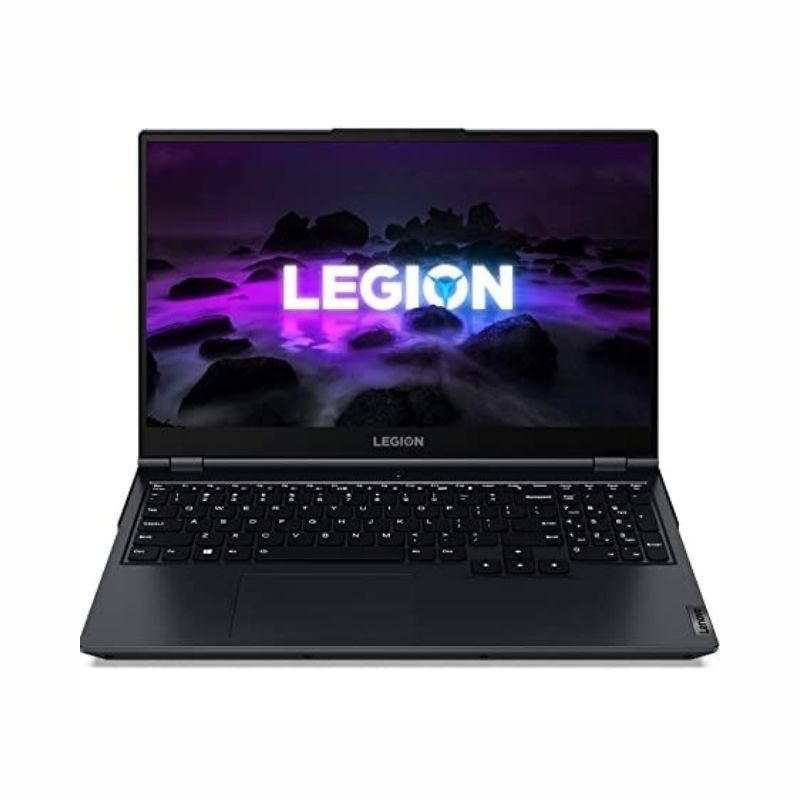
Lenovo Legion 7
The Lenovo Legion 7 differentiates itself from the other notebooks with a bold design with tons of RGB lights. It's also one of the most powerful gaming laptops you can buy on the market right now.

